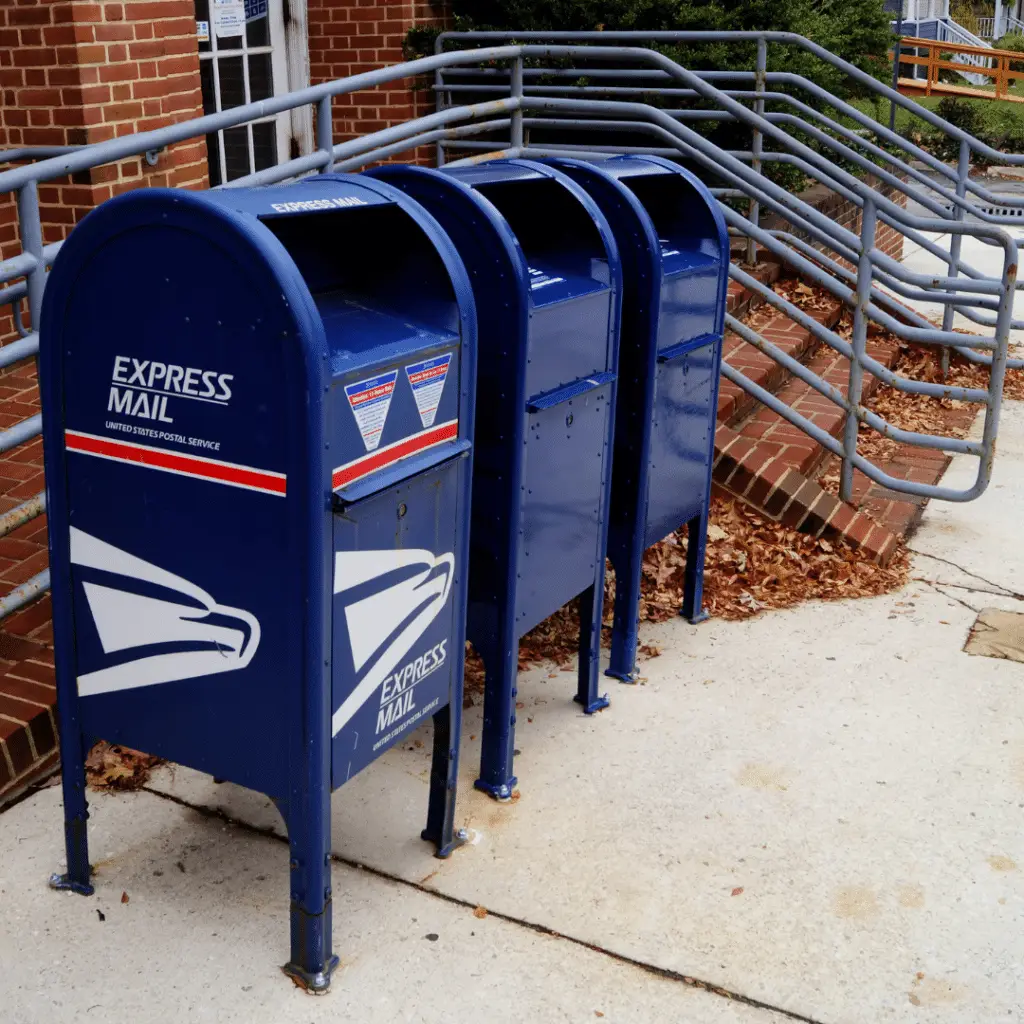Owe the IRS? Here’s How to Pay Your Tax Bill:
Tax season comes around every year, and whether you’re expecting a refund or facing a balance due, one thing’s certain: paying your tax bill doesn’t have to be complicated.
If you do owe, the IRS has made it easier than ever to take care of it. From online options to traditional payments, here’s a breakdown of the best ways to pay—so you can stay in good standing and move on with your year.
Online Payments: The Easiest Way to Pay Your Tax Bill
Paying online is the fastest and most secure way to get it done. Here are the main options:
IRS Direct Pay
Best for individuals. This free service lets you pay your tax bill straight from your checking or savings account. No fees, no delays, and you’ll get an immediate confirmation. You can even schedule payments in advance.
→ Pay with IRS Direct PayEFTPS (Electronic Federal Tax Payment System)
Best for businesses or individuals making large or recurring payments. You’ll need to enroll in advance to use it, so don’t wait until the last minute. Once you’re set up, you can pay securely and track your history.
→ Enroll in EFTPSDebit or Credit Card
Yes, the IRS allows card payments through third-party processors—but watch out for the convenience fees. They can quickly cancel out any rewards or cashback.
→ IRS-Approved Card Payment Options

Mail a Check or Money Order (If You Prefer Paper)
If you’d rather mail in your payment, be sure to:
Include your Social Security Number (or EIN), phone number, and the form number you’re paying
Attach your payment voucher (this is included in your tax return)
Use the correct IRS mailing address for your form and location
Mail it before the deadline to avoid penalties
We recommend sending it via Certified Mail so you have proof of delivery in case there’s ever a question.
Need More Time? The IRS Offers Payment Plans
Unexpected tax bill? It happens. The IRS offers payment plans to help you manage what you owe:
Short-Term Payment Plan
Available if you owe less than $100,000. No setup fee, but interest applies.Long-Term Installment Agreement
Available for balances under $50,000. These plans include a setup fee and interest but allow you to spread payments out over time.
Apply as soon as possible to avoid added penalties or delays.
→ Set Up a Payment Plan

What If I Can’t Pay My Tax Bill Right Now?
Even with all the options available, sometimes the numbers just don’t work out. If you’re looking at your tax bill and thinking, “There’s no way I can pay this right now,” you’re not alone—and there are still steps you can take to protect yourself.
The worst thing you can do is ignore it.
Missing the deadline or failing to address your balance can lead to penalties, interest, and even IRS collection actions. Before that happens, check out our full breakdown on what happens if you don’t pay your taxes. It’s a must-read if you’re worried about what comes next.
And remember: the earlier you take action, the more options you’ll have.
Smart Reminders for Paying Your Tax Bill
The IRS won’t call, text, or email you asking for payment. Official notices come by mail. Be cautious about scammers.
Pay early if you can. Waiting until the last minute adds stress—and sometimes late fees.
Keep your receipts and confirmations. If something doesn’t match later, you’ll have proof you made the payment.
Paying your tax bill doesn’t have to be confusing—or stressful.
Whether you’re sending a check, using IRS Direct Pay, or setting up a payment plan, the key is acting early and choosing the method that works best for you.
Still unsure what the next step looks like for you or your business? That’s where we come in. At Level Accounting, we help business owners navigate tax season with clarity and confidence—so you’re not just staying compliant, you’re making smart financial moves.
Reach out today if you need help figuring out how to pay your tax bill, exploring payment plan options, or making sure your accounting is on track year-round.

